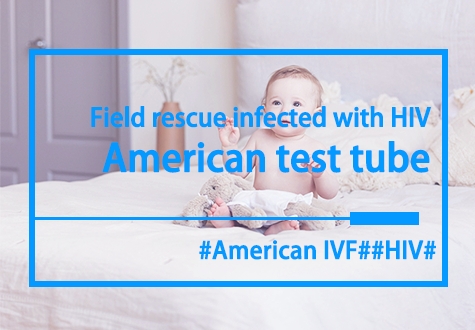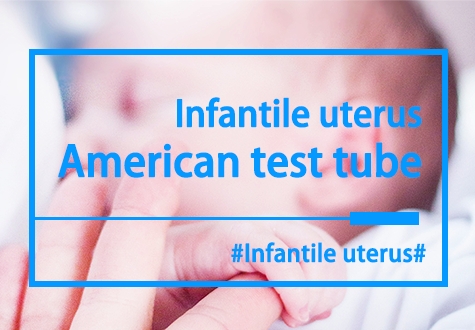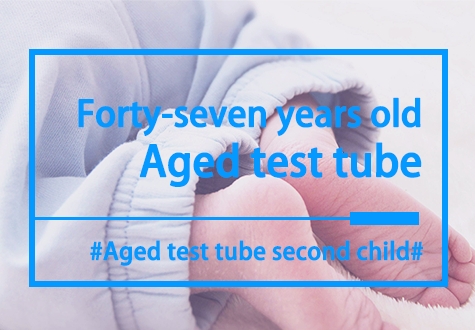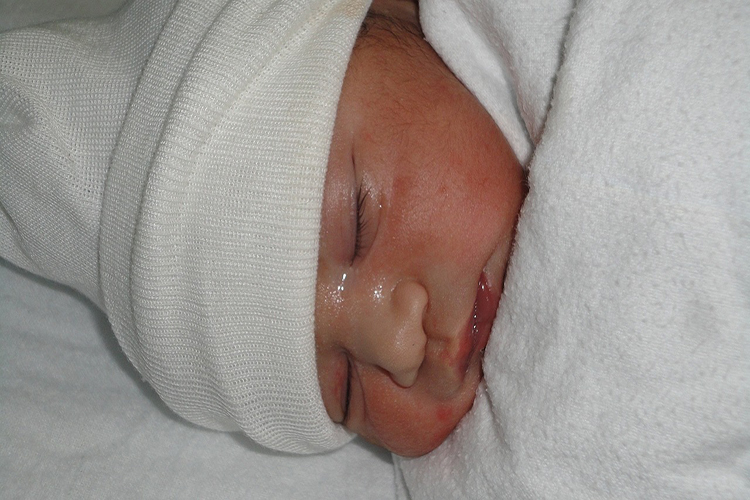How many days does tube transplant blastocyst implantation?
Within 3 to 5 days after the tube blastocyst transfer, the blastocyst will be implanted in the uterus. However, the specific implantation time varies from person to person and is affected by a variety of factors, including individual differences, the state of the endometrium, and the quality of the embryo.

Blastocyst transfer is a very important step in the IVF process. Usually, the embryo develops into a blastocyst on the fifth to sixth day after the egg is combined with the sperm. Compared with early embryo transfer, blastocyst transfer has a higher success rate, because the development of the blastocyst has been preliminatively screened and shows strong vitality.
The process of blastocyst implantation
1. Day 1-2 after transplantation: The blastocyst moves around the uterus, looking for a suitable implantation site.
2. Day 3 after transplantation: The blastocyst begins to attach to the endometrium.
3. 4-5 days after transplantation: the blastocyst is gradually embedded into the endometrium and implantation begins.
4, 6-7 days after transplantation: the blastocyst is fully implanted and begins to secrete human chorionic gonadotropin (hCG), at which time pregnancy can be detected through a blood test.
Factors affecting the success of implantation
1. Embryo quality
The quality of embryo is one of the key factors to determine the success rate of implantation. High quality blastocysts have higher success rate of implantation. The quality of the embryo depends on the quality of the sperm and eggs and the culture environment.
2. Status of the endometrium
The thickness of endometrium and blood flow status also have important effects on implantation. In general, the thickness of the endometrium is between 8 and 12 mm. Too thin or too thick of the endometrium may affect the implantation of the embryo.
3. Hormone levels
Proper hormone levels are essential for implantation of the embryo. The balance of estrogen and progesterone needs to be regulated prior to embryo transfer to ensure an optimal uterine environment.
4. Lifestyle and mental state
A healthy lifestyle and a good mental state help to improve the success rate of implantation. Avoid smoking, drinking, staying up late and other bad habits, and maintain a happy and relaxed mood will help the embryo to be successfully implanted.
Methods to improve the success rate of implantation
1. Adjust your diet
Diet has some influence on embryo implantation. It is recommended to consume more foods rich in protein, vitamins and minerals, such as lean meat, fish, vegetables and fruits.
2. Exercise moderately
Moderate exercise can promote blood circulation and improve the state of the endometrium. But avoid strenuous exercise, so as not to cause unnecessary stress on the body.
3. Maintain peace of mind
Excessive psychological stress can affect the secretion of hormones and thus affect the implantation of embryos. Therefore, keep a calm mind after the transplant and avoid excessive anxiety and tension.
4. Take your medication as directed
The doctor may prescribe medications on an individual basis to help the embryo implant smoothly. Take your medication as directed and have regular checkups to ensure you are in good health.
The number of days of implantation varies from person to person, but implantation usually occurs within 3 to 5 days after transplantation. The success of blastocyst transfer is related to many factors, including embryo quality, endometrial status, hormone levels and lifestyle. The success rate of implantation can be effectively improved by adjusting diet, moderate exercise, maintaining peace of mind and taking medicine as prescribed by doctors. I hope that every family that tries IVF technology can usher in a new life as soon as possible and realize the dream of childbirth.














